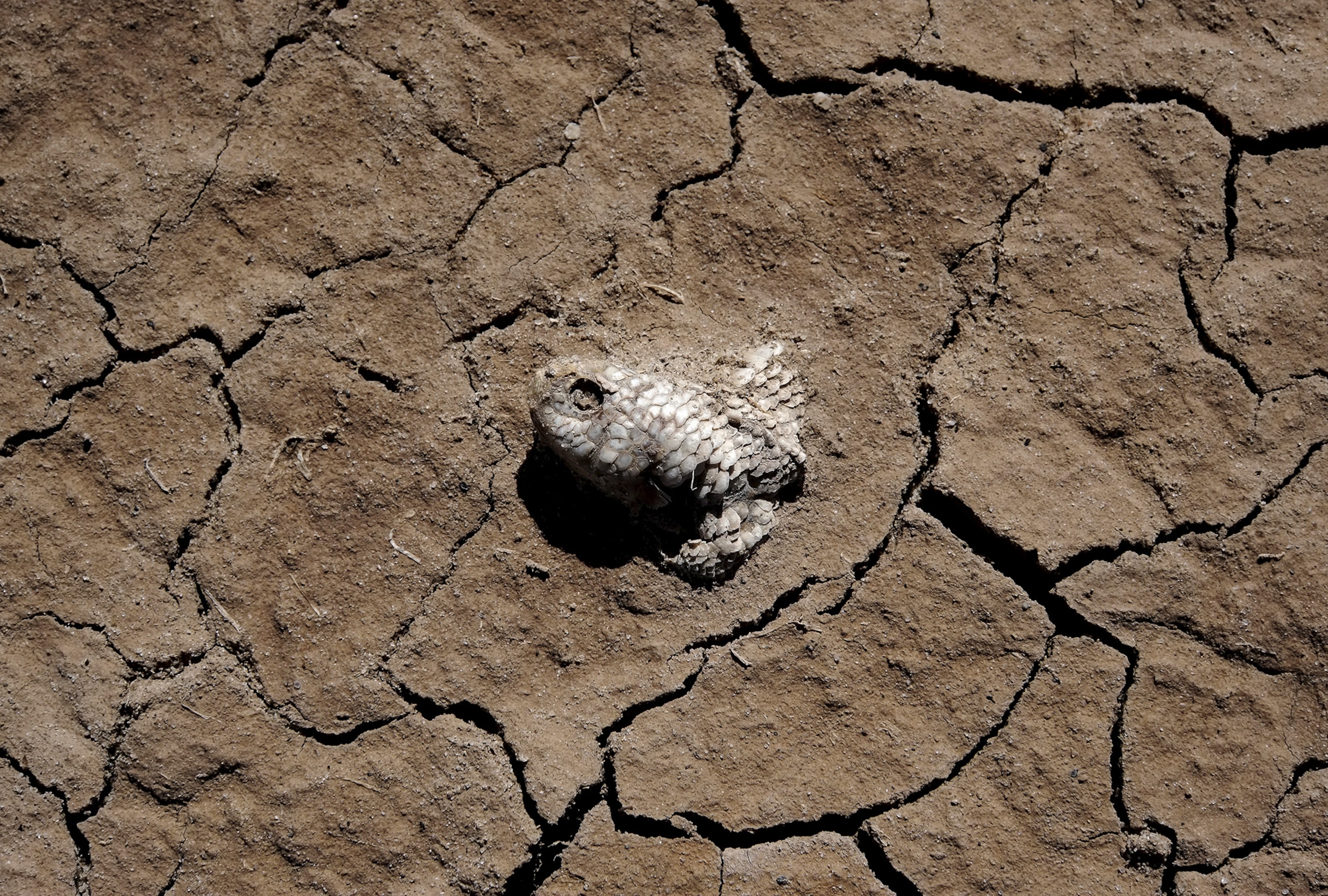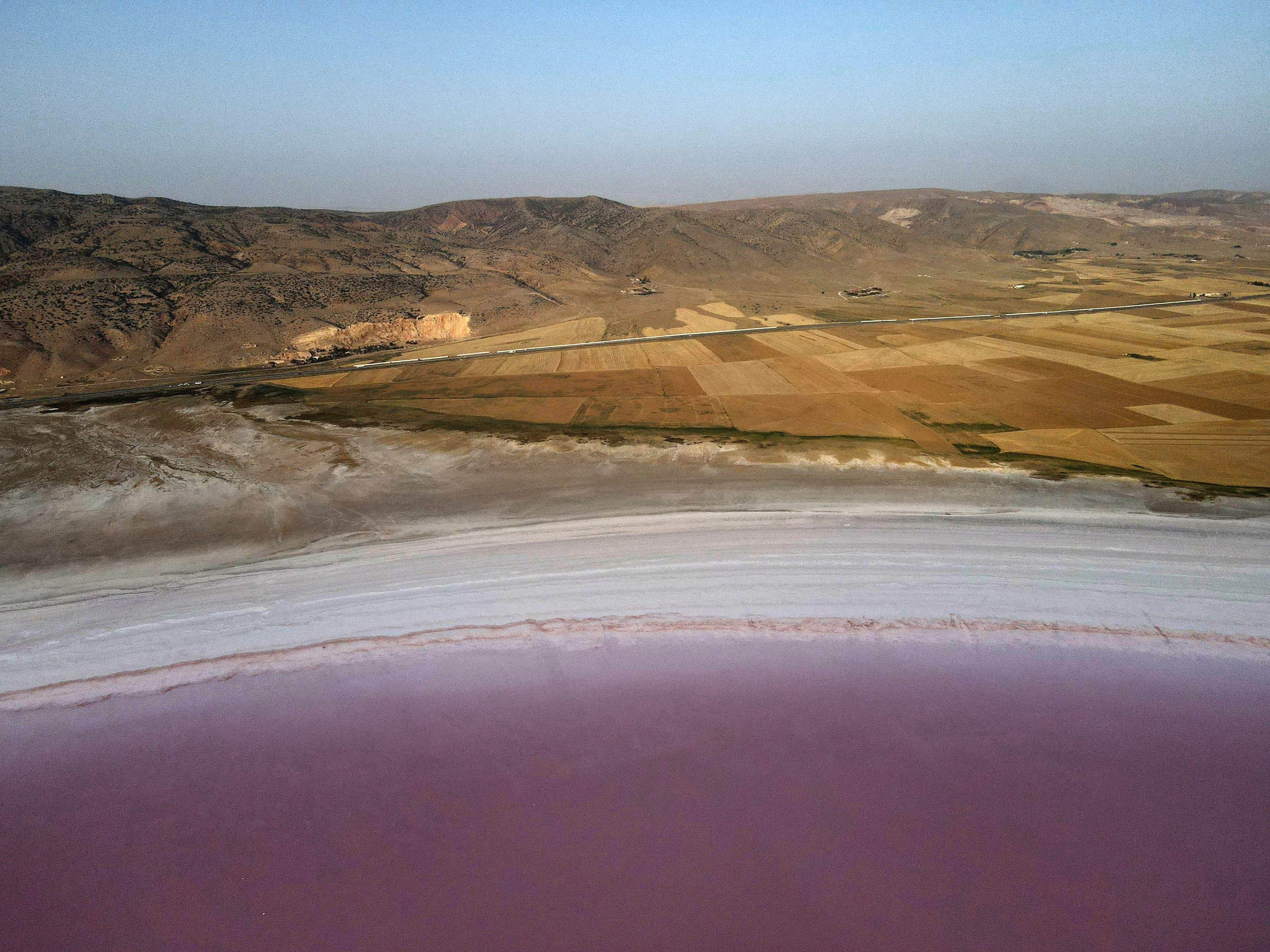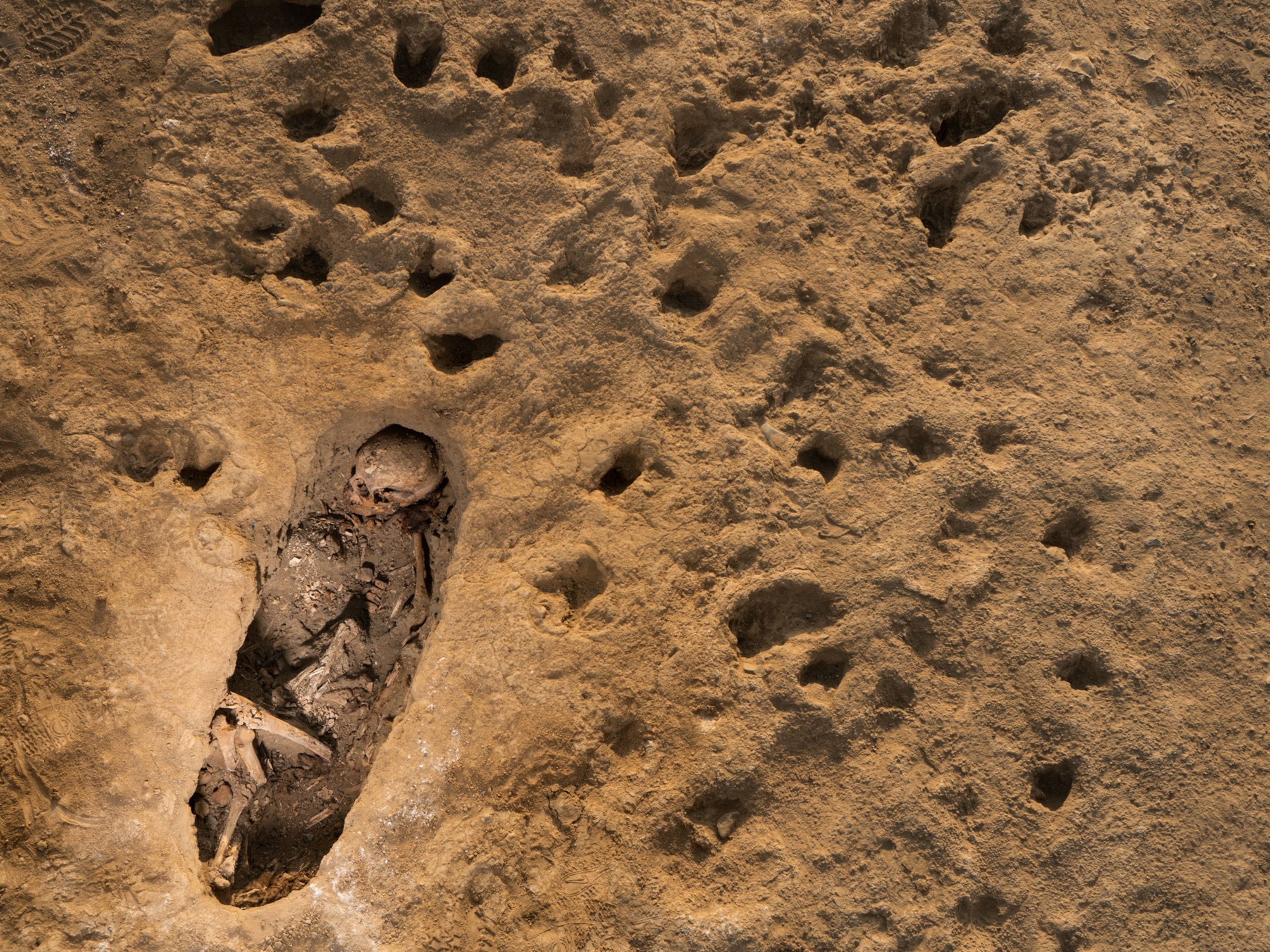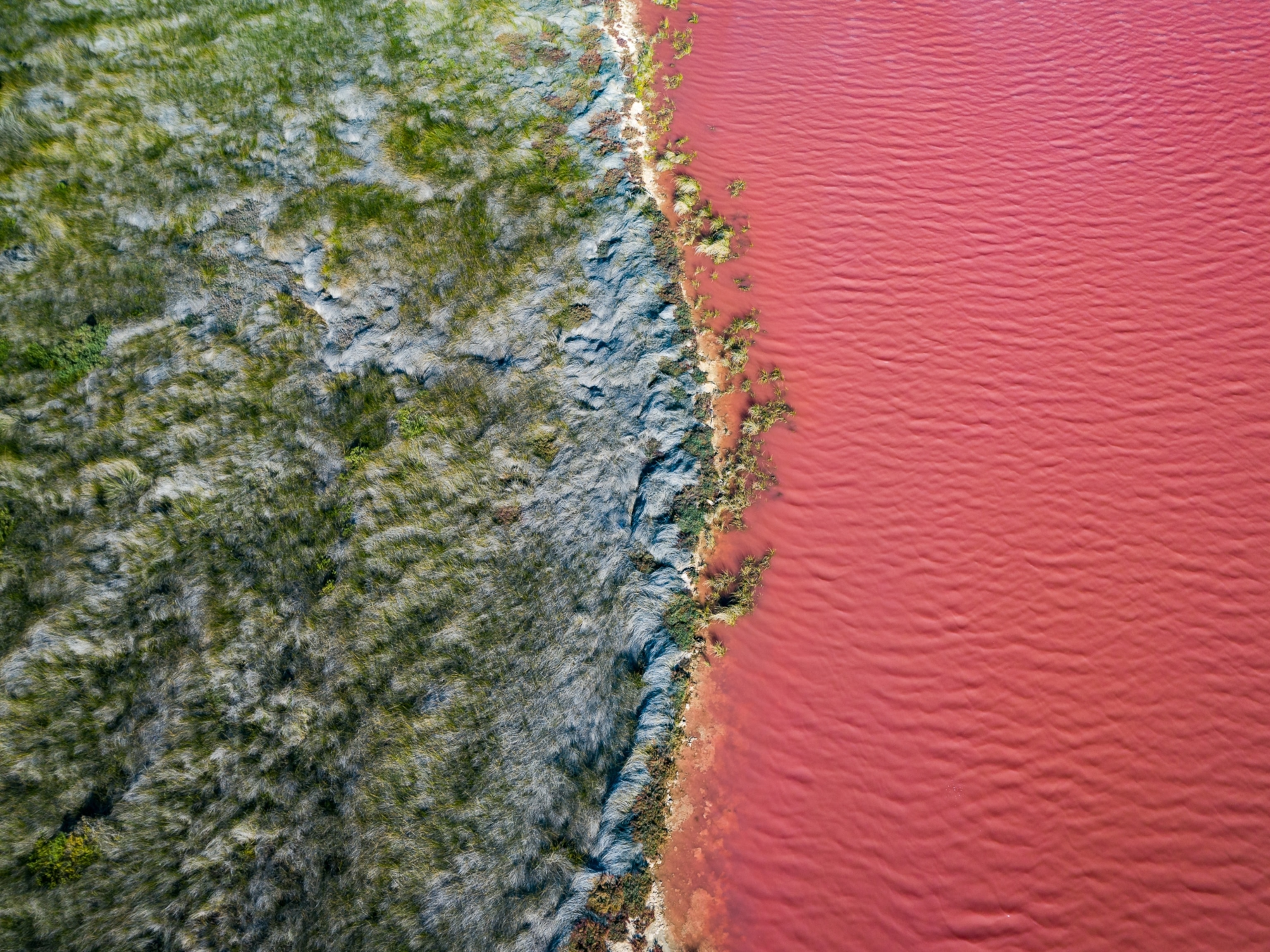
Bolivia's Second Largest Lake Has Dried Out. Can It Be Saved?
El Niño, climate change, and mismanagement of water are all to blame, scientists say.
Bolivia's second largest lake, Poopó, has all but dried up, threatening the livelihood of fishing communities and spelling ecological disaster for hundreds of species. The Bolivian government is blaming dry weather spurred by El Niño and a changing climate, but that's not the whole story.
Located in a shallow depression high in the Altiplano Mountains in southwest Bolivia, the lake has shrunk to just two percent of its former size, which was approximately 380 square miles (1,000 square kilometers), or about twice the size of Los Angeles.
Misuse of the water supply and a failure on the part of the Bolivian government to act on existing management plans are partly responsible for the rapid drying of the lake over the past few years, says Lisa Borre, a senior researcher with the Cary Institute for Ecosystem Studies in New York, who studies lake ecosystems.
"The lake was very shallow, only a few feet deep, and it is in an arid climate, so its level fluctuates a lot with the weather," Borre says, adding that Poopó has shrunk significantly a number of times in the past, "but it's never been this bad."
Some scientists have suggested that recovery may not be possible, although Borre thinks the basin is likely to fill again once rains return. Still, there are important lessons to be learned.
"The Bolivian government is blaming El Niño and climate change, and certainly those played a role, but they are not saying that they have also failed to implement the management plan for the basin," says Borre.
The Bolivian government has not yet responded to a request for comment.

Lake Poopó gets most of its water from the Desaguadero River, which flows from Lake Titicaca (Bolivia's largest lake). According to the published management plan, water managers are supposed to allow flow down the river into Poopó, but they have recently allowed that to slow to a trickle.
Titicaca has plenty of water in it, so that's not the problem, Borre says. Officials just aren't opening control gates often enough to send water down the river. Some of the water is being diverted for agriculture and mining. And even when water is available, the river is often clogged with sedimentation, due to the runoff from development and mining in the area.
Poopó is high, at 12,000 feet (3,680 meters), and the area has warmed an estimated one degree Celsius over the past century, leading to an increase in the rate of evaporation from the lake. And the lack of rain over the past year has sped the process even further. But these factors weren't surprises, Borre says, they were foreseeable changes that scientists anticipated.
What happened to Lake Poopó is not unlike the drying of the vast Aral Sea in Central Asia, says Sandra Postel, director of the Global Water Policy Project and a National Geographic Explorer. In both cases, a closed water system was overdrawn, with more water going out than coming in.

"This is the kind of change in hydrological systems that we'll see more of with a warming climate," Postel says. "We'll have to plan for more evaporation, whether that's a lake or a drinking water reservoir."
Poopó may not be alone. "Lots of other lakes around the world are similarly threatened by major development programs or mismanagement," Borre says.




